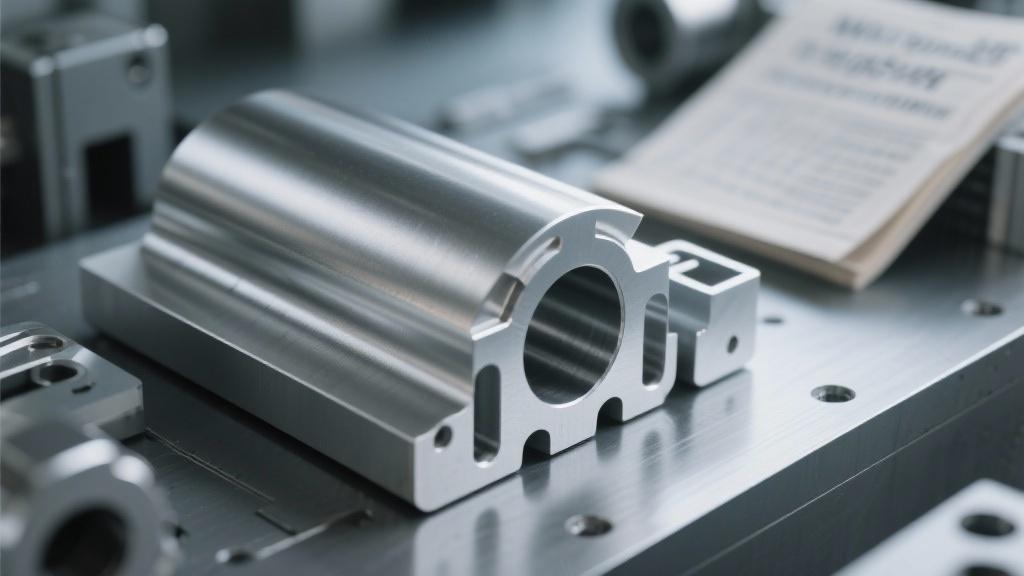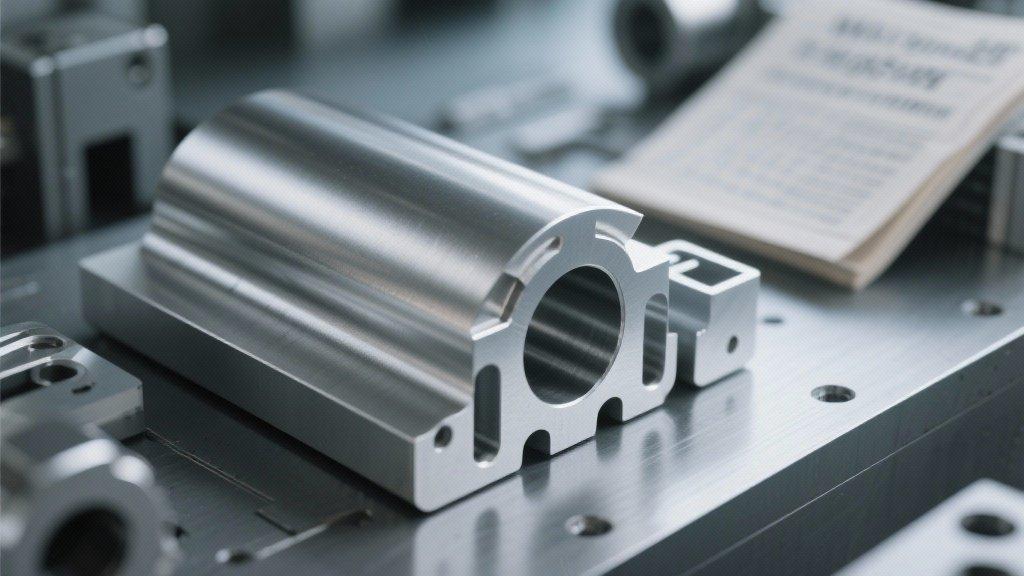Question: What types of surface finishes are commonly used for aluminum parts?
Answer: There are several popular surface finishes for aluminum, each serving different functions:
Question: How does surface finish affect performance?
Answer: The surface finish can dramatically influence several performance metrics:
Question: What factors should one consider when choosing a finish?
Answer: When selecting a surface finish for aluminum parts, consider the following factors:
Question: Are there any developments in surface finishing technologies for aluminum?
Answer: Yes, recent advancements include the development of eco-friendly surface treatments that minimize environmental impact while maintaining performance. There is also an ongoing trend towards nanotechnology applications, which aim to further enhance properties like scratch resistance and self-cleaning capabilities.
Question: What is the future of surface finishes in aluminum machining?
Answer: As industries move towards more sustainable practices, we can expect to see an increase in the adoption of water-based coatings and treatments that minimize environmental footprints. Additionally, advancements in automation and technology will streamline the application processes, making it easier and cheaper to apply high-performance finishes effectively.
In summary, understanding what surface finishes enhance performance for aluminum parts is not just an academic exercise; it’s a practical necessity in manufacturing. As the industry evolves, staying updated on these finishing techniques can make a tangible difference in product quality and longevity. So, what finish do you think will work best for your next aluminum component?
What types of surface finishes are commonly used for aluminum parts?
There are several popular surface finishes for aluminum, each serving different functions. Anodizing is a key method that enhances corrosion resistance while allowing for coloring.
This process makes the anodized layer tougher than the aluminum underneath, providing excellent wear resistance. Powder coating is another option that applies a dry powder electrostatically, resulting in a durable and attractive finish.

How does surface finish affect performance?
The impact of a surface finish on aluminum parts can be significant. A good finish can increase corrosion resistance, which is particularly important in harsh environments.
Moreover, finishes like anodizing help improve wear resistance, extending the lifespan of components subjected to friction and stress.
What factors should one consider when choosing a finish?
There are several essential factors to consider when selecting a surface finish for aluminum parts. Environmental exposure is crucial; think about whether the part will face moisture or harsh chemicals.
Aesthetic requirements also play a role, especially if the visual aspect is important for the final product. Additionally, assessing mechanical performance and cost implications is necessary.
Are there any developments in surface finishing technologies for aluminum?
Yes, there have been exciting advancements in surface finishing technologies. Many companies are developing eco-friendly treatments that reduce environmental impact while maintaining effectiveness.
Furthermore, the application of nanotechnology is being explored to boost properties like scratch resistance, maximizing performance while minimizing maintenance.
What is the future of surface finishes in aluminum machining?
As sustainability becomes a central concern for industries, we can anticipate a rise in the use of water-based coatings that are less harmful to the environment.
Alongside this, advancements in automation will likely streamline finishing processes, making high-quality coatings easier and more cost-effective to apply.









